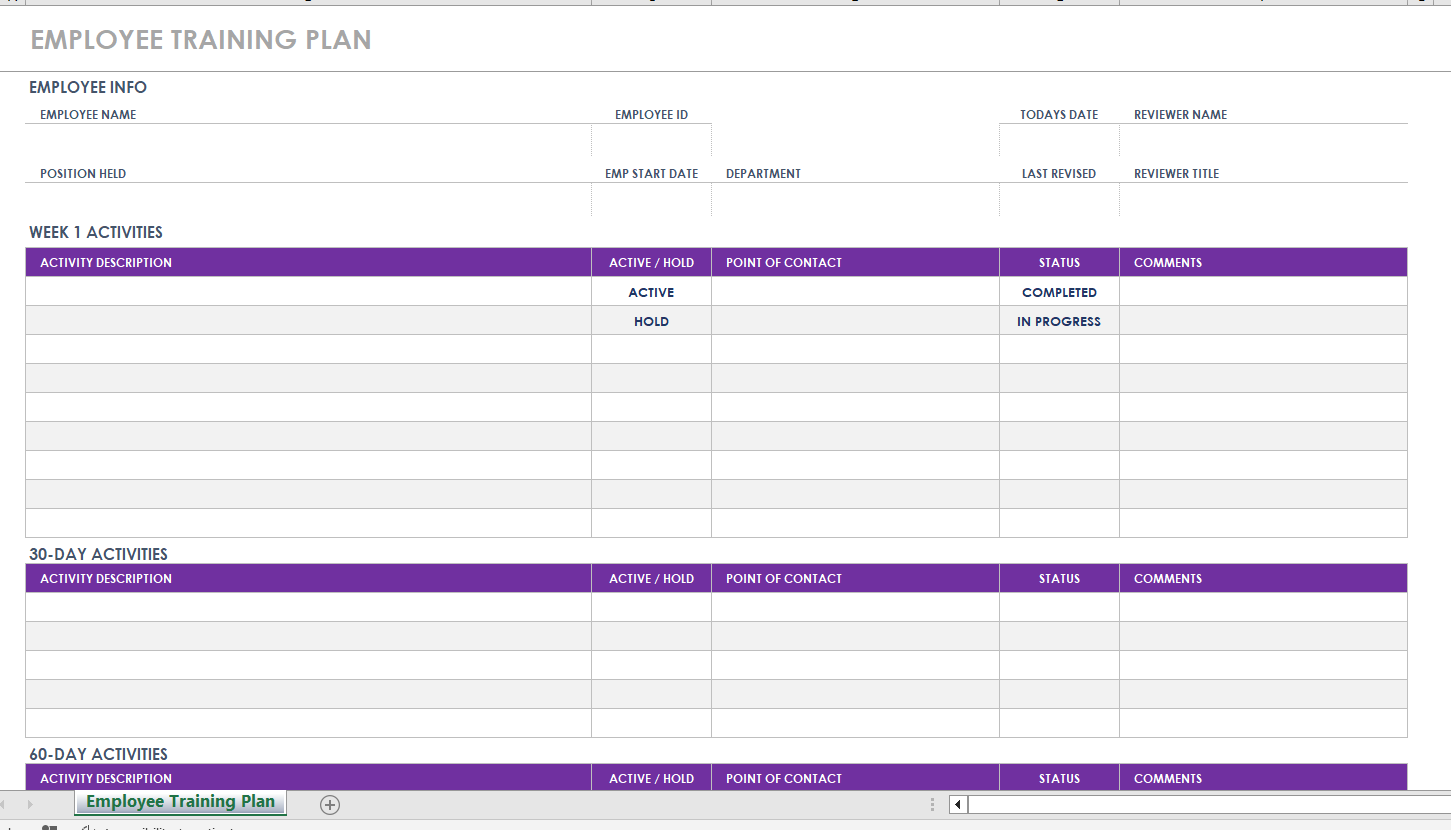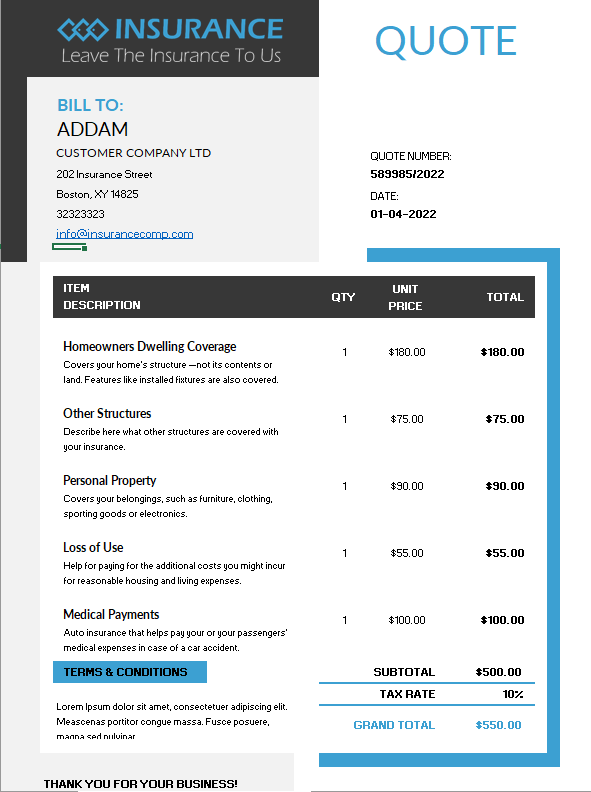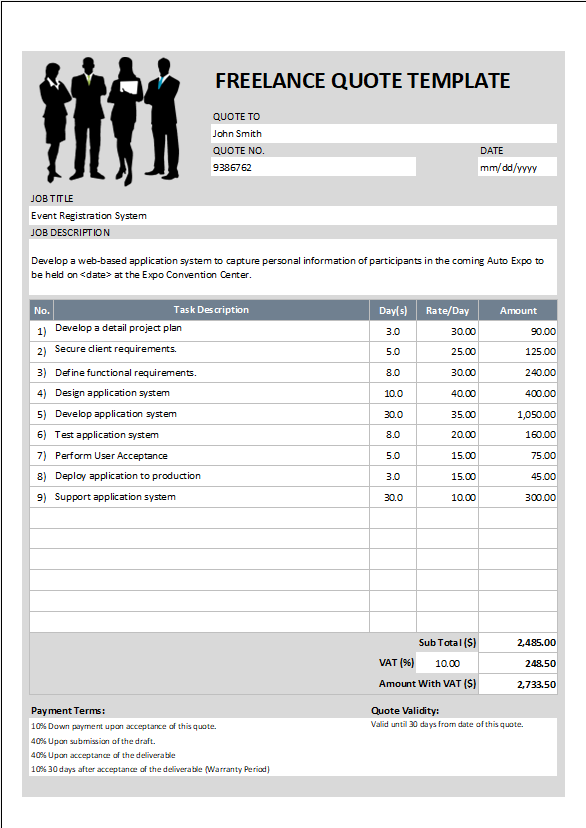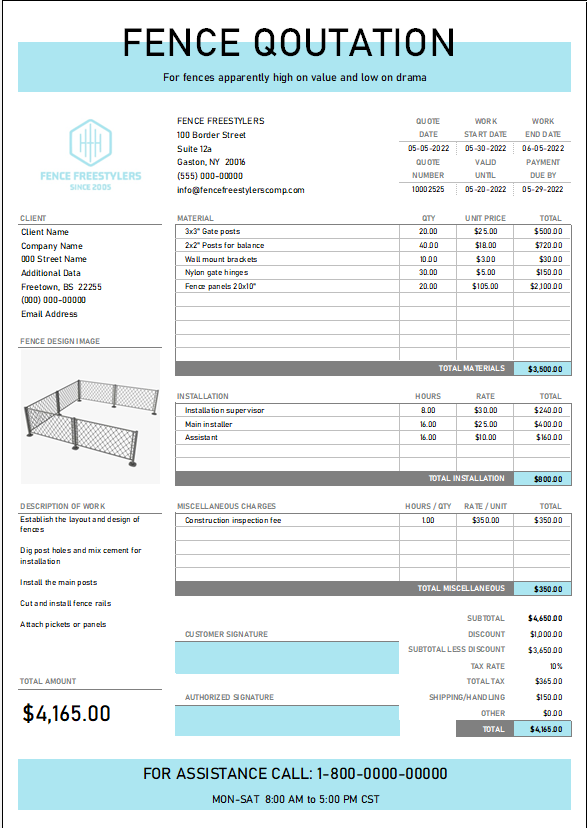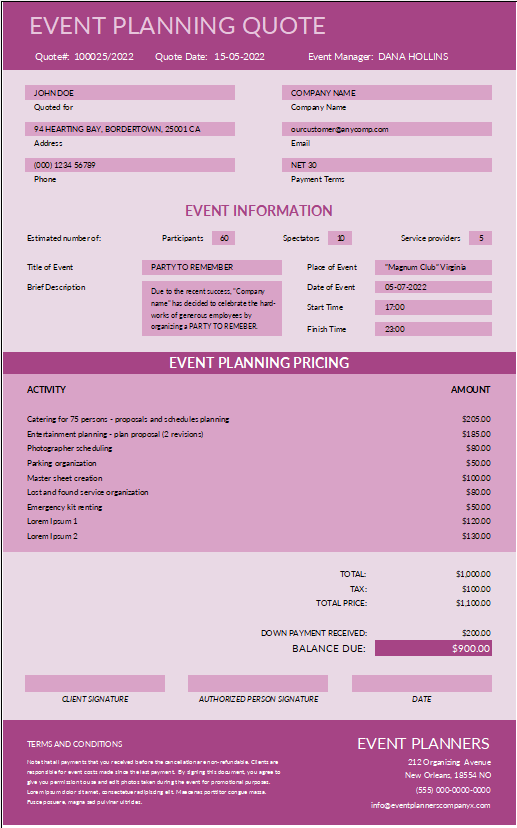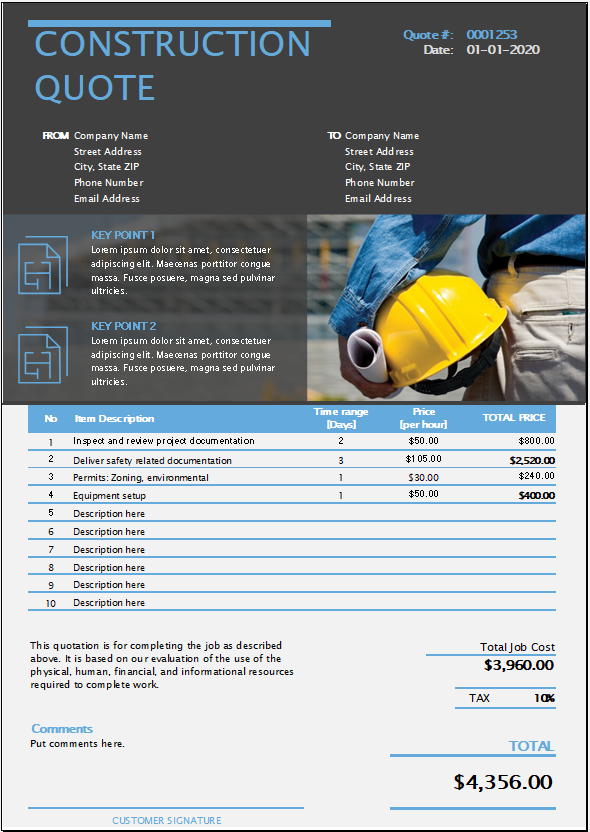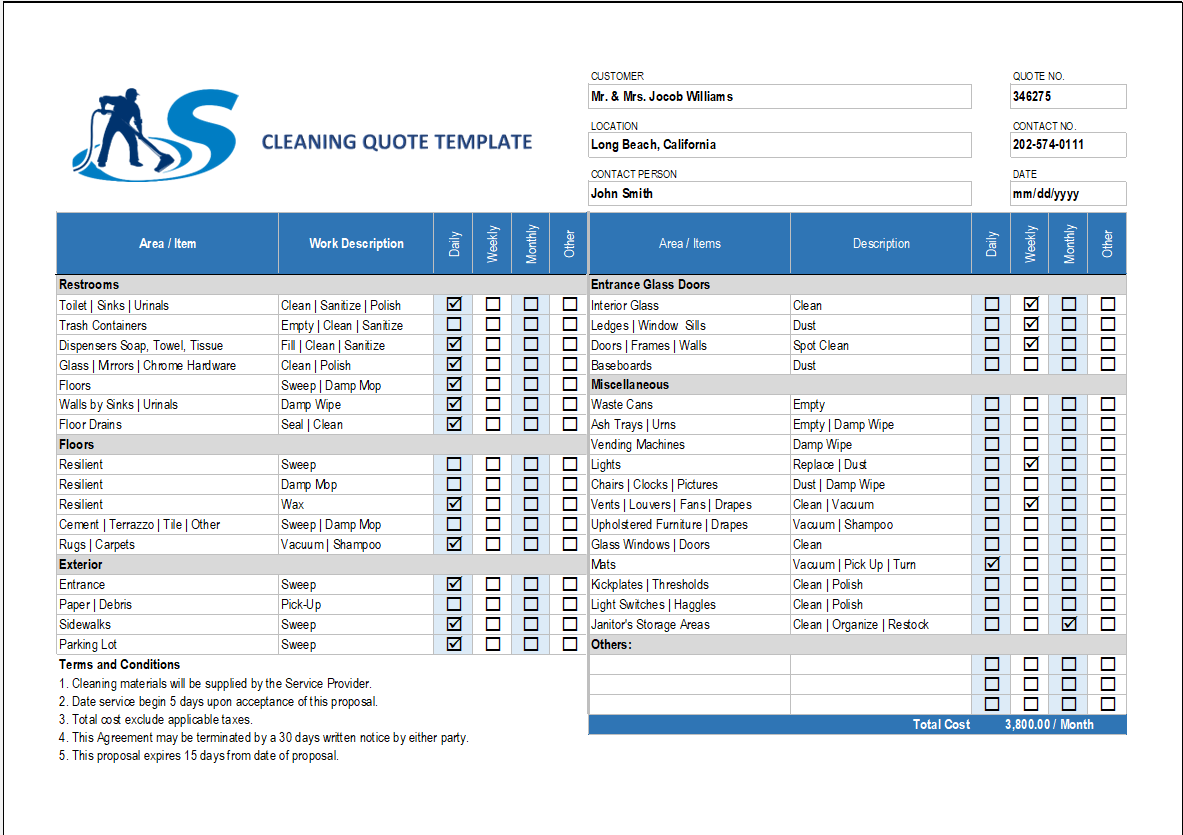Free Employee Training Plan Template – Excel Sheet Download
Boost the effectiveness of your employee development process with our free Employee Training Plan Template in Excel. This user-friendly tool simplifies the training planning process, enabling you to provide targeted, personalized training for every member of your team.
Template Key Information:
Our Employee Training Plan Template organizes the essential details into clear, easy-to-understand sections. Here’s what you’ll find in the template:
- Employee Info: This section includes key details like the employee’s name, ID, the date of the plan’s creation, the position held, the employee’s start date, and the department they belong to.
- Reviewer Info: Here, you will record your name as the person creating the plan and your title. Also, the date of the last revision to the plan is tracked here to keep track of updates.
- Training Activity Details: This section breaks down the training into individual activities or sessions. For each activity, it records the objective, the method or mode of delivery (e.g., online course, workshop, on-the-job training), the trainer or resource, the planned start and end dates, and any associated costs.
- Status and Progress: In this part of the template, you’ll track the status of each training activity (e.g., not started, in progress, completed), the actual start and end dates, any deviations from the planned dates, and notes on the employee’s performance or any issues encountered.
- Overall Evaluation: This final section provides a place for the reviewer’s overall comments and evaluation of the employee’s progress in the training plan. It can also include next steps or follow-up actions based on the employee’s performance in the training.
Before you start downloading this template, let us understand basics of creating traning plan!
Creating an Effective Employee Training Plan for Development and Growth
A well-crafted employee training plan can be the key to improving productivity, enhancing job satisfaction, and encouraging growth within your organization. It ensures your team has the necessary skills to perform their jobs effectively, adapt to new roles or technologies, and align with your organization’s goals and strategies. Here’s how you can create an effective employee training plan for development and growth:
Step 1: Identify Training Needs
The first step in creating a training plan is to identify the skills and knowledge your employees need to perform their roles effectively. This can be done through job analysis, performance evaluations, and feedback from employees and managers. You may also consider your organization’s strategic goals and upcoming projects or initiatives that may require new skills.
Step 2: Define Learning Objectives
Once you’ve identified the training needs, define clear and specific learning objectives for each training activity. What should employees learn or be able to do after the training? These objectives should be aligned with the identified needs and should contribute to improving job performance and achieving organizational goals.
Step 3: Choose Training Methods
The training methods you choose should match the learning objectives and the needs of your employees. Some common training methods include on-the-job training, workshops, online courses, coaching, and mentoring. Consider the advantages and disadvantages of each method, and choose the ones that are most effective and feasible for your organization and employees.
Step 4: Develop a Training Schedule
A training schedule should specify when each training activity will take place, its duration, and who will be involved. The schedule should consider the availability of employees, trainers, and resources, as well as workloads and deadlines. Make sure to provide sufficient time for learning and practicing new skills, and for addressing questions or issues that may arise during the training.
Step 5: Implement the Training Plan
Implementing the training plan involves conducting the training activities according to the schedule, providing the necessary resources and support, and creating a positive and conducive learning environment. Encourage employee participation and engagement, and ensure that the training is relevant and practical.
Step 6: Evaluate the Effectiveness of the Training
After the training, evaluate its effectiveness by assessing whether the learning objectives were achieved and whether there’s improvement in job performance. You can use methods like tests, observations, feedback surveys, and performance metrics. The evaluation results can be used to identify areas of improvement and to make necessary adjustments to the training plan.
Step 7: Provide Opportunities for Continuous Learning
Learning should not stop after the formal training. Provide opportunities for continuous learning and development, such as follow-up sessions, advanced training, and self-directed learning resources. Encourage employees to apply their new skills in their work, share their knowledge with others, and seek further learning opportunities.
Step 8: Review and Update the Training Plan
Regularly review and update the training plan to ensure it remains relevant and effective. Consider changes in job roles, technologies, and organizational strategies, as well as feedback and suggestions from employees and managers. An effective training plan is flexible and adaptable to the evolving needs of your organization and employees.

